Warts are noncancerous lumps on the skin caused by infection with the human papillomavirus (HPV).
They spread from person to person and often resolve without treatment, although that can take weeks, months, or even years.
Standard treatments include topical chemicals, surgical removal, cryotherapy, and laser therapy, but these approaches can be costly and may irritate the skin.
Some people turn to natural, at-home remedies as an alternative.

Not for genital or facial wartsIf your wart is genital or located on the face, avoid trying these home methods. The skin in those places is highly sensitive, so it’s safer to consult a physician.
Why some home remedies might work
Home-based wart treatments often use foods, plants, or household products that have antiviral or acidic qualities, or enzymes that may hinder HPV.
Antiviral natural remedies could help suppress the virus, while acidic substances may peel away layers of infected skin. Keep in mind, though, that evidence supporting many of these approaches is mostly anecdotal.
Personal testimoniesMany folk remedies lack solid scientific support, yet people frequently report success with them.
Remedies from the kitchen
Apple cider vinegar
Apple cider vinegar is acidic and produced by fermenting apple juice. It is believed to act similarly to salicylic acid, a common wart remedy that helps shed infected skin and eventually removes the wart.
Vinegar also demonstrates natural antimicrobial activity that might combat HPV, but additional research is required.
To try this: mix two parts apple cider vinegar with one part water. Soak a cotton ball in the solution, place it on the wart, and secure it with a bandage. Keep it on for three to four hours.
Always dilute apple cider vinegar because its acidity can irritate or even burn the skin. Don’t use it on open sores.
Shop for apple cider vinegar.
Banana peel
There are many anecdotes claiming banana peel can help remove warts.
However, there’s no scientific research proving banana peels treat warts or other viral skin conditions, nor that they act against HPV.
If you want to attempt it, cut a small section of banana peel and tape the inner side over the wart before bed. Leave it on overnight and repeat daily.
Garlic
Garlic as a long-used remedyGarlic has historically been applied to various skin issues such as psoriasis, keloids, and corns, and is also used for bacterial, fungal, and viral infections including warts. In older reports, garlic extract cleared warts within about four weeks without recurrence.
Allicin, an active component of garlic, has antimicrobial properties and is noted for antiviral and immune-modulating effects.
To use garlic: crush a clove and mix it with a little water, apply the paste to the wart, and cover with a bandage. Do this daily for three to four weeks. Alternatively, rub a crushed clove or garlic juice directly on the wart.
Orange peel
Orange peel is another commonly suggested home cure. It’s cheap and easy, though scientific support is lacking.
The usual approach is to rub the peel on the wart once each day. Supposedly the wart darkens and eventually falls off, which can take a couple of weeks or longer.
Pineapple
Pineapple contains bromelain, a mix of proteolytic enzymes that can break down dead or damaged tissue.
While bromelain has some clinical support for certain conditions, there’s no direct research validating its use for wart removal.
Reported methods include soaking the wart in pineapple juice daily or applying fresh pineapple directly each day.
Potato
Some believe potato juice can “dry out” a wart, but no studies confirm this effect.
To try it, slice a small potato and rub the cut side over the wart until juice covers it. Repeat twice daily.
Dandelion sap
Though often dismissed as a weed, dandelions have been used in traditional Chinese and Middle Eastern medicine.
Dandelions appear to possess antimicrobial qualities that could be beneficial against warts, but more robust studies are needed.
To apply: break a dandelion stem and squeeze out the white sap. Dab it onto the wart once or twice daily for about two weeks.
Avoid using dandelions that may have been exposed to pesticides.
Items from your bathroom cabinet
Aloe vera
Aloe vera gel is widely used for burns and other skin complaints. If a wart itches or hurts, aloe may soothe it.
Aloe also shows activity against some pathogens. One study found activity against herpes simplex virus type 1, but there’s no direct research showing effectiveness against HPV.
To use fresh aloe, cut a leaf from the plant, slice it open, and apply the gel to the wart daily.
Shop for Aloe vera gel.
Aspirin
Aspirin contains salicylates, related to salicylic acid used in many over-the-counter wart products.
Salicylic acid removes warts by exfoliating infected skin layers over time.
People often crush aspirin tablets, mix with water to form a paste, apply it to the wart, and cover with a bandage overnight.
Shop for aspirin.
Clear nail polish
Applying clear nail polish is a commonly shared home trick. It’s claimed to “suffocate” the wart, though firm evidence is lacking.
At a minimum, clear polish provides a protective barrier.
Users typically paint the wart with clear polish once or multiple times daily.
Shop for clear nail polish.
Vitamin C
Vitamin C supports immune function and is important for wound repair and healthy skin. Older research hints that higher vitamin C intake may be linked to lower rates of persistent HPV infection, but stronger evidence is needed.
For topical use, crush a vitamin C tablet, mix with water to make a paste, apply to the wart, cover with a bandage, and leave on overnight. Repeat daily.
Some people add lemon juice to the paste for extra acidity, but lemon can irritate skin, so use caution.
Shop for vitamin C.
Vitamin E
Vitamin E is important for immune health and is sometimes used as a home wart remedy. There’s no solid research proving it helps clear HPV-related warts.
To try it, puncture a vitamin E capsule and apply the oil to the wart, cover with a bandage overnight, and repeat daily for around two weeks.
Shop for vitamin E.
Products from the store
Bee propolis
Propolis is a resinous substance bees make from plant resins, beeswax, pollen, and enzymes.
Bee-derived helping handStudies indicate propolis has antiviral activity and supports skin regeneration. It’s used for acne, wounds, and herpes simplex infections, and these effects might aid in healing wart-affected skin.
To use propolis, apply it to the wart and cover with a bandage overnight. Repeat daily.
Shop for bee propolis.
Castor oil
Castor oil exhibits antimicrobial and anti-inflammatory effects and is traditionally used for warts, ringworm, dandruff, and various skin issues.
Apply castor oil daily to the wart; it may take a couple of weeks or longer for the wart to detach.
Shop for castor oil. You can also read more about using a castor oil pack as a topical approach for skin care.
Duct tape
Duct tape is a famous, low-cost wart remedy thought to remove infected skin gradually.
Research results are mixed: one study found duct tape more effective than freezing, while another did not. A review concluded cryotherapy is generally more effective than duct tape for plantar warts in adults, but duct tape may still be a convenient option in some cases.
To try it, cover the wart with duct tape, removing it every three to six days. Soak the wart, then gently file it with a pumice stone or emery board and leave it uncovered for 10 to 12 hours before reapplying tape. Repeat as needed.
If you have sensitive skin, duct tape can cause redness, irritation, or bleeding, so use caution.
Shop for duct tape.
Tea tree oil
Tea tree oil has strong antimicrobial and anti-inflammatory properties and is used for acne and athlete’s foot. Researchers are investigating whether its antiviral effects might help with warts.
Do not use undiluted tea tree oil directly on skin, as it may cause irritation. Dilute 1–2 drops of tea tree oil in about 12 drops of a carrier oil such as almond or castor oil.
Soak a cotton ball with 3–4 drops of the diluted mix, press it to the wart for 5–10 minutes, and repeat two to three times daily. If irritation appears, dilute further.
Shop for Tea tree oil.
Medical options for wart removal
If home approaches don’t work, consider seeing a clinician for conventional treatment.
Some of the most commonly used medical methods include:
- Cantharidin. A doctor applies cantharidin to induce a blister beneath the wart; about a week later the dead wart can be removed.
- Cryotherapy. Freezing the wart is commonly used, though repeat sessions may be necessary. It can leave darker spots on darker skin types.
- Electrosurgery and curettage. Electrosurgery burns the wart after local anesthetic, while curettage scrapes it away; often both are done together.
- Excision. Surgical cutting out of the wart with a scalpel.
- Laser therapy. Used for stubborn warts that haven’t responded to other treatments; the area may be numbed first.
- Chemical peels. Daily application of peeling agents like salicylic acid, glycolic acid, or tretinoin can be prescribed.
- Bleomycin. An anticancer drug injected into the wart; injections can be painful and may risk nail loss if used near nails.
- Immunotherapy. Treatments that stimulate the immune system, often by applying a substance that causes a mild allergic reaction to help clear the warts.
Bottom line
Warts often resolve without intervention, but some natural home remedies may help speed recovery for certain people.
Many of these approaches lack strong scientific backing, even though anecdotal success is common.
Always perform a patch test first, since even natural substances can irritate the skin.

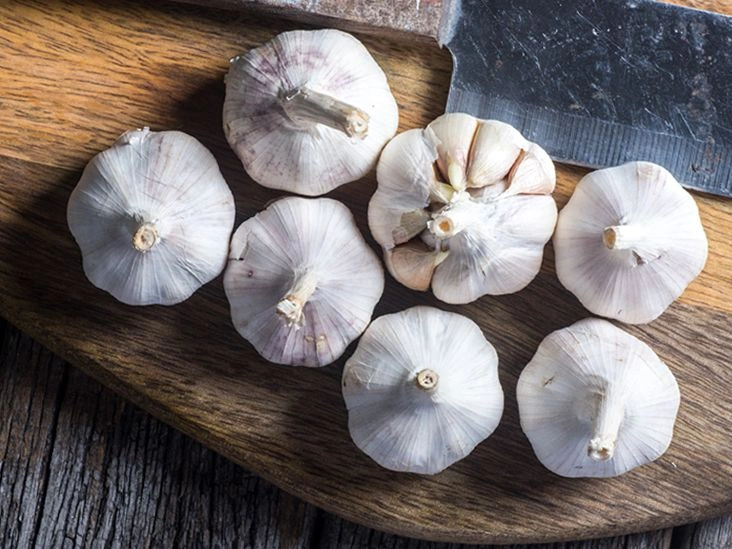

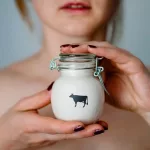
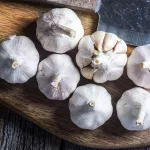

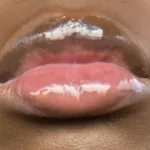




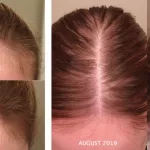

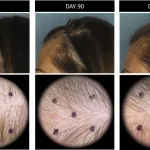



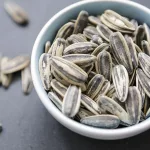
Leave a Reply
You must be logged in to post a comment.